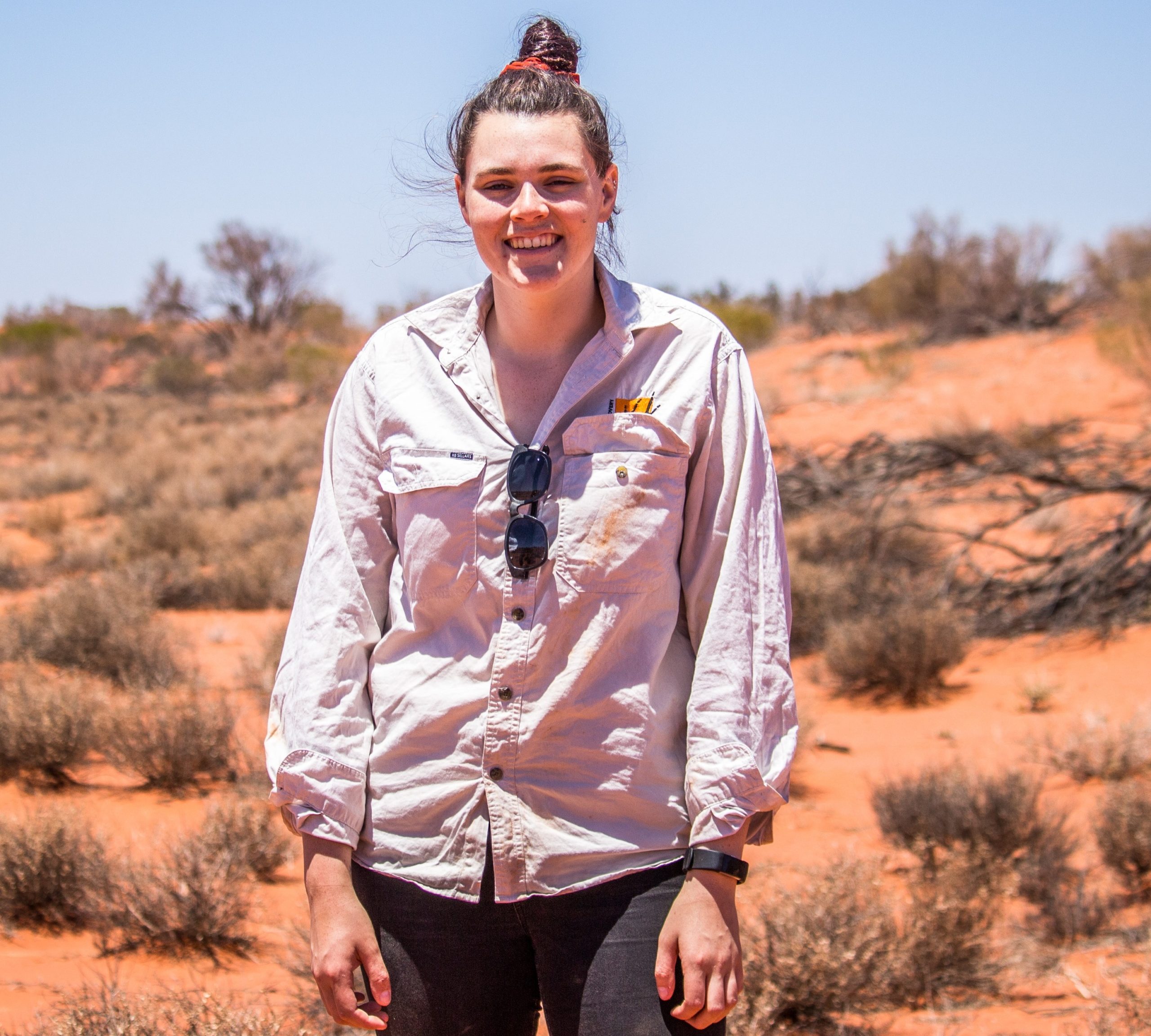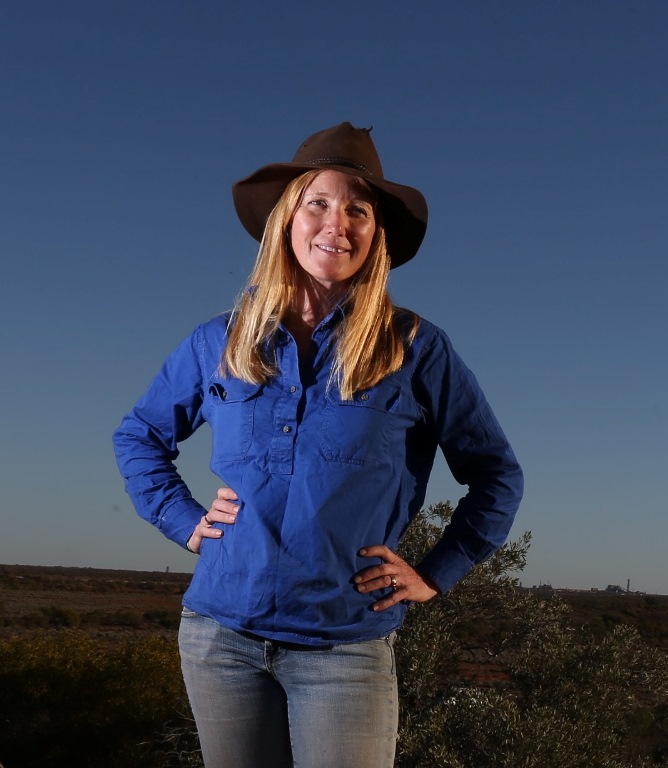Our feral predator control is partly about making a safe haven around the perimeter of the Arid Recovery fence, but also helps to keep cats and foxes out of the Reserve. Our fence is designed to be cat and fox proof, but we have to ensure there are no incursions of feral animals from damage to the fence.
Our floppy-top fence design is an extremely effective deterrent. Cats that attempt to breach the fence by pouncing on the floppy top are flung to the ground. But as everyone knows, feral cats are incredibly intelligent. If given enough time, and presented with a reward as good as the defenceless native animals inside, they will instantly take advantage of any weak point.
.jpg)
Just recently, the September storm that cut off power to South Australia, also blew the floppy top inwards along sections of our western boundary. Not long afterwards we found cat tracks inside the Reserve.
Over the last 19 years, a few individual cats have breeched the fence like this. Removing them has been a herculean effort. It’s one thing to remove one cat of many in an open landscape, but to seek out and remove one lone cat in a sea of native animals is something else altogether. Great care must be taken when using traps and shooting. Usually the whole Arid Recovery team and volunteer community have to hunt intensively for months on end.
So our feral predator control strategy is to remove cats before they have time to study the fence for weaknesses. To this end, we created a permanent set of cat traps along the outside perimeter of the fence. To draw cats in, we have tried every lure imaginable: fish oil, cat urine piss and sound players that make meowing sounds. These typically catch between one and fives cats per week.
On top of these permanent traps, we also have a team of dedicated volunteer shooters. Feral control not only reduces the risk of incursion, it also creates a buffer zone protecting native animals around the perimeter of the reserve. Some volunteer shooters have removed over 50 cats and foxes for us. No doubt many of the bilbies and bettongs of Arid Recovery owe their lives to their efforts.
.jpg)
Unfortunately, no matter how much cat control we do, we will never eradicate cats from this region. There will always be new cats to wander in from elsewhere; whether they are strays from towns or ferals from far far away. But thanks to the rigours and dedicated efforts of staff and volunteers, we have at least kept their numbers lower than they would have been otherwise around the fence.
Our trapping and shooting efforts are not about hating cats and foxes, but about loving our native wildlife and doing everything possible to keep their populations strong. Please support our work managing the threat of feral cats at Arid Recovery. There are many ways you can get involved: you can volunteer, become a Friend of Arid Recovery, come out on a spotlighting tour, join one of our community events or support our work by donating or adopting a bettong or bilby.
Written By Hugh McGregor, in partnership with the University of Tasmania and National Environment Science Programme.























